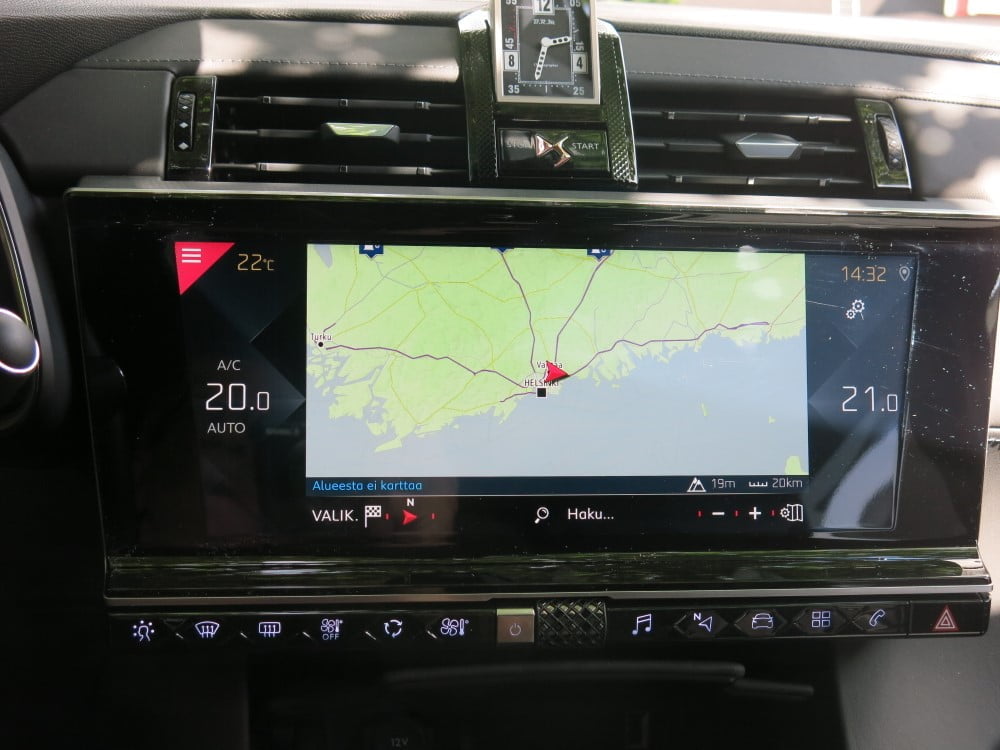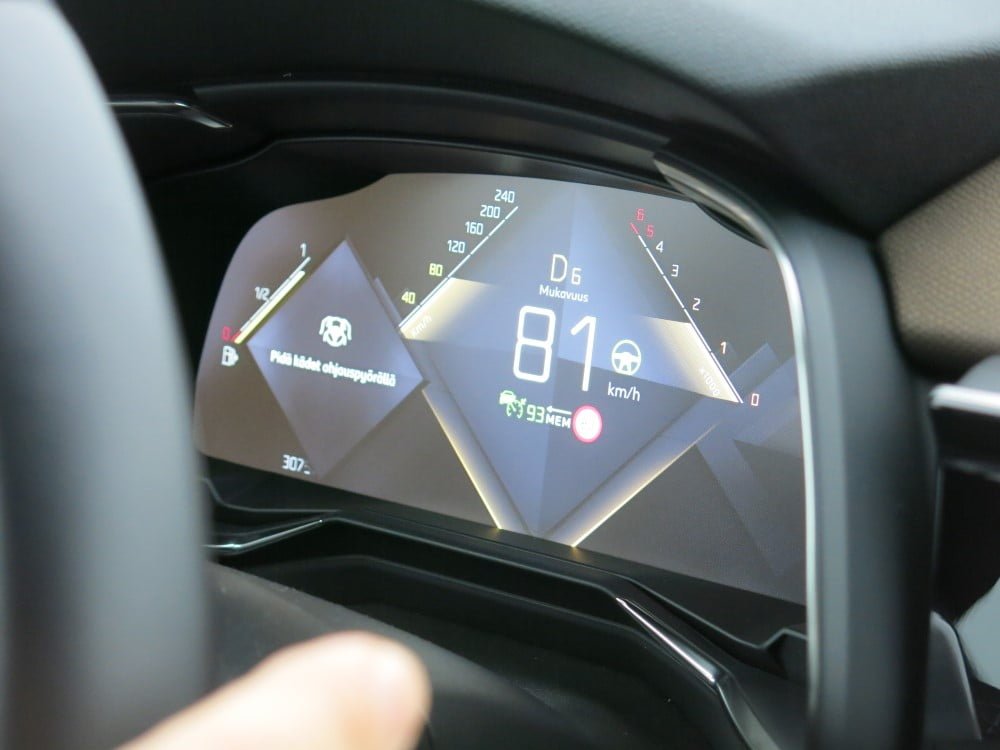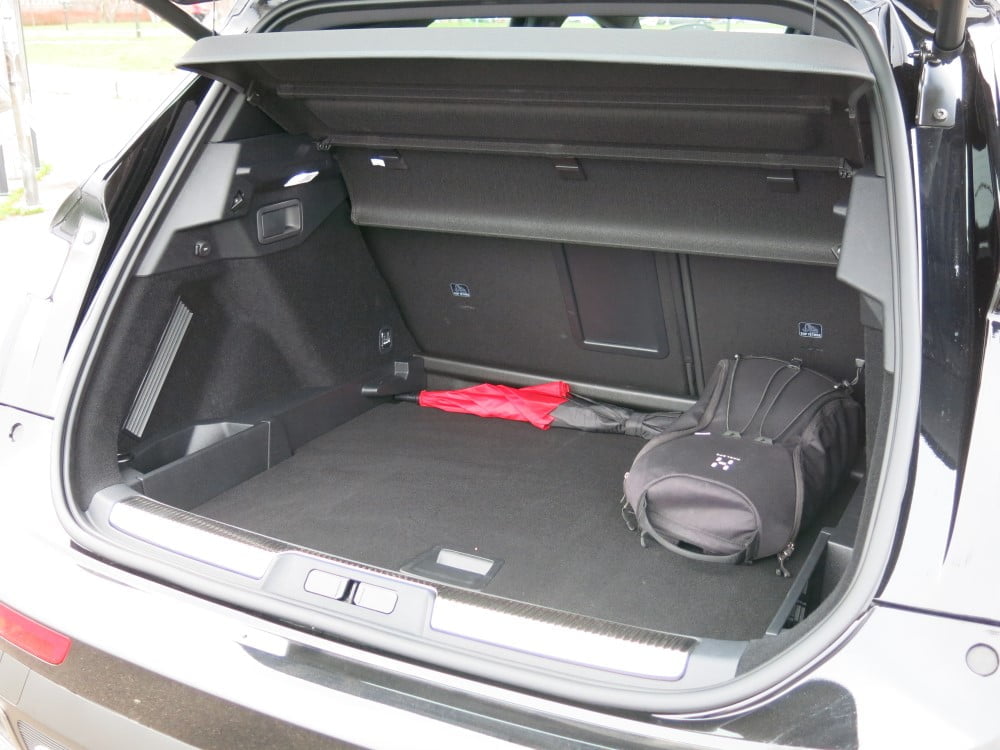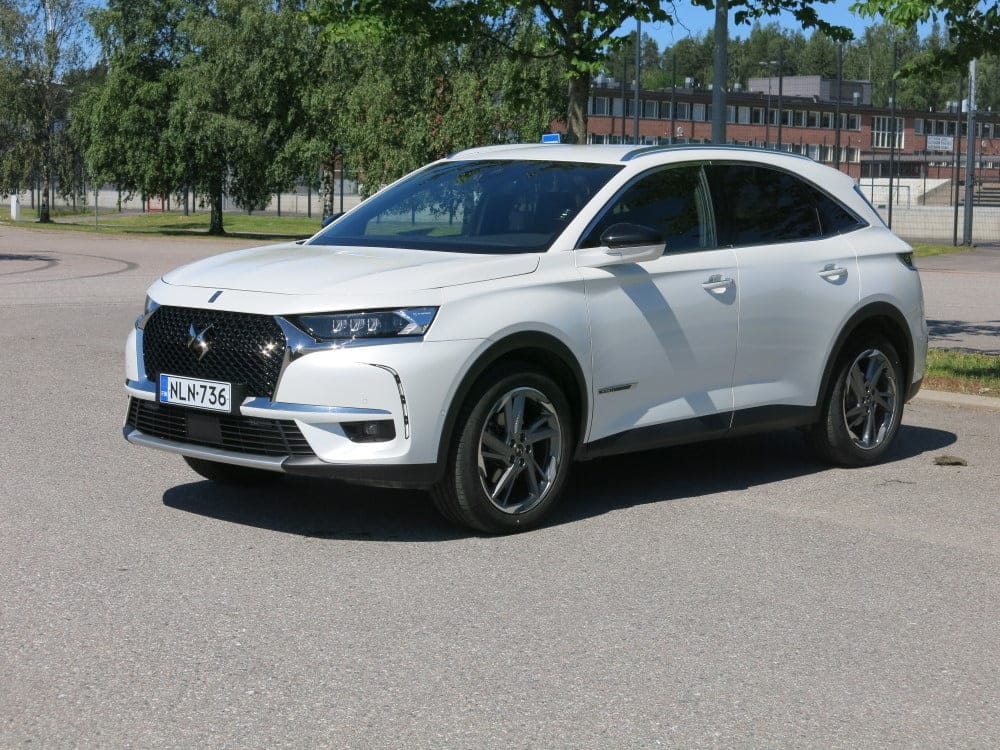DS is the luxury brand of PSA, which was spun off from Citroën. Two models are currently available, the DS3 Crossover and the DS7 Crossover. Both are SUVs.
DS wants to differentiate its cars from Citroën and has done so quite successfully. The idea is for DS to be the premium brand of PSA and Citroën.
DS takes its name from Citroën’s DS19, which was once a very popular model.
The cars are easily recognisable as French, but the DS7 test car would have been a little more luxurious. It could be argued that PSA’s DS range is more about standing out than offering luxury.

There’s not much to complain about in the DS7. The car handles nicely both in the city and on the road. The car is like any modern big car.
What makes the car special is the instrument panel and the analogue clock on the dashboard.
For the driver, the seat and steering wheel have ample adjustment and the right driving position is easy to find.
Between the front seats is a plush centre console with gearshift and window switches, among other things.
The centre console also features a slightly more unusual gear selector and a switch for the electric parking brake.
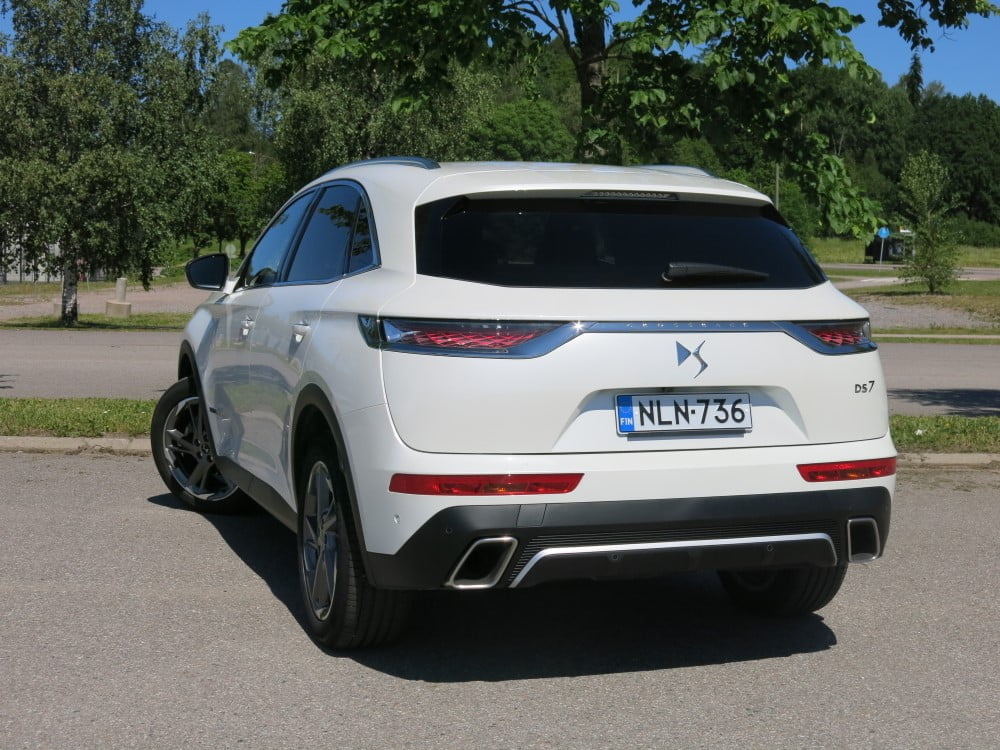
Behind the centre console are air vents for the rear passengers, and passengers can adjust the temperature themselves via a touchscreen.
The dashboard is dominated by a large 12-inch screen with a navigation display, among other things. Many of the car’s functions are also controlled from the screen, but fortunately there are traditional switches at the bottom of the screen for the most important functions.
Among the car’s highlights are an infra-red camera-based blind spot monitor, parking assist and a suspension system that scans the road ahead and actively adjusts the softness of the suspension in response to changes in road surface.
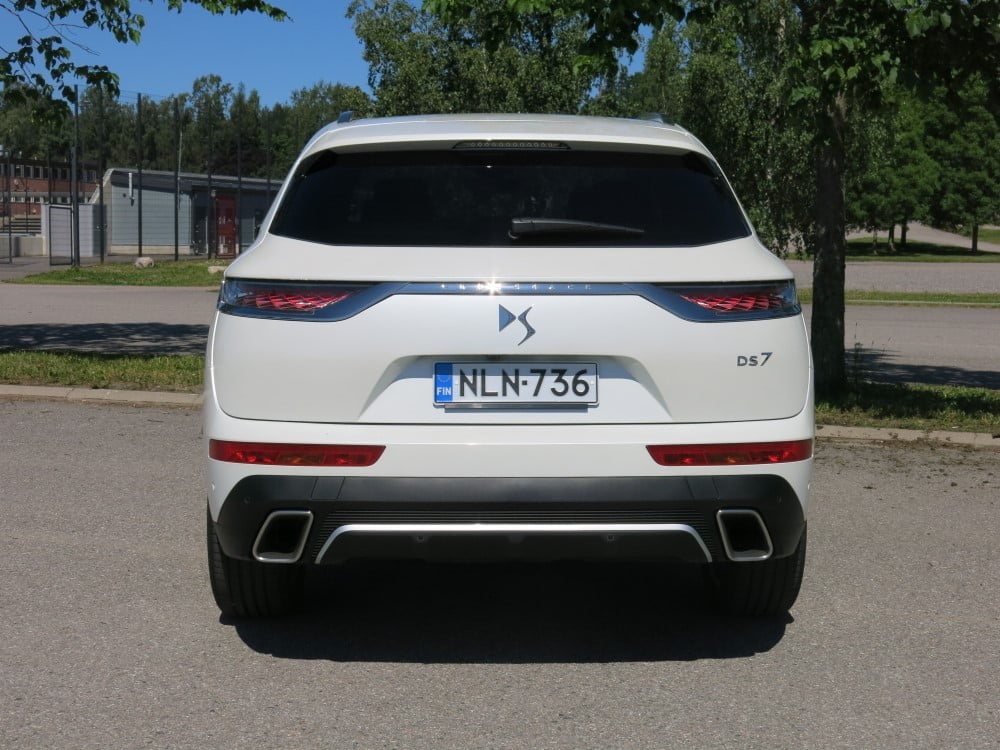
Three equipment levels and five trim levels
The DS7 Crossback is available in three trim levels, Chic, So Chic and Grand Chic.
Chic and So Chic are available on the Puretech 180. So Chic and Grand Chic are available on the Puretech 225. All three trim levels are available for the diesel version.
Standard features onthe Chic level include a 12-inch touchscreen display with a large and clear digital instrument cluster, an 8-speaker audio system with Apple Car Play, keyless start, DS Active Scan suspension, navigation, rain and light sensors, brake alarm, xenon headlights, speed limit sensor and active emergency braking.

TheSo Chic trim level also adds two usb charging ports for the rear seat, aluminium roof rails, front passenger seat height adjustment, power lumbar support adjustment for the driver’s seat, active blind spot assist, driver’s alertness assist, front and rear parking sensors, electrically folding exterior mirrors with DS logo reflection, a ski hatch and a cup holder in the rear seat centre console.
The highest Grand Chic trim level also comes standard with a reversing camera, a B.R.M. R180 clock on the dashboard that pops up when the car is started, additional seat adjustments, a lighting package, electric tilt adjustment for the rear seat backrest and wireless smartphone charging.
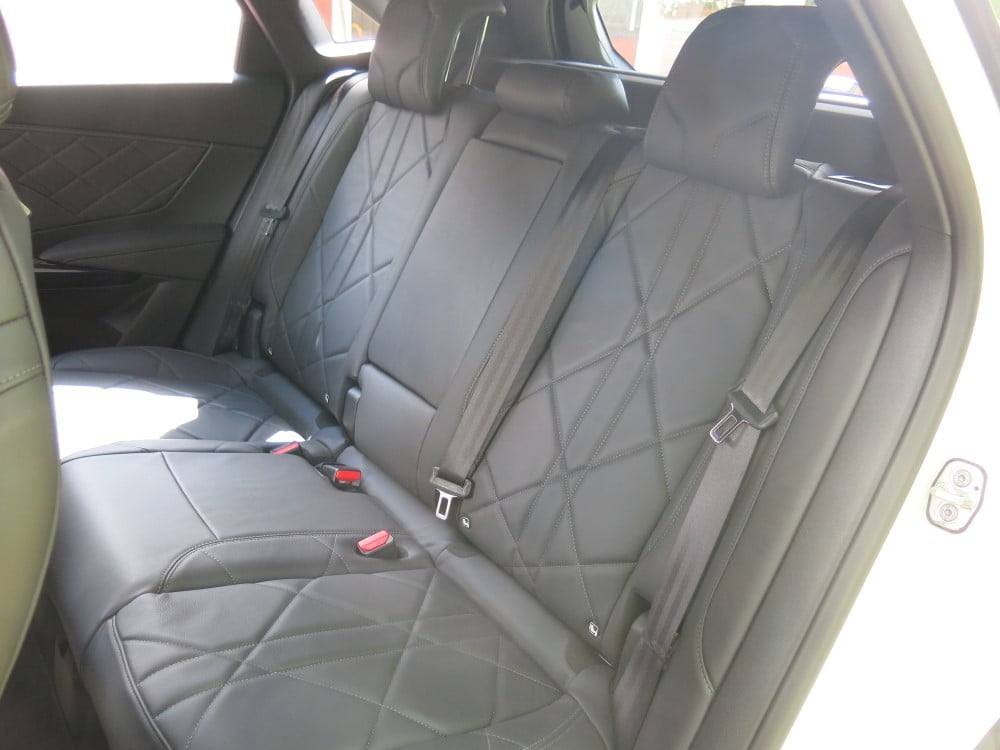
There are five interior trim options available for the DS7, Bastille, PerfomanceLine, Opera, Fauborg and the Rivoli that was on our test drive. Each style has its own colour scheme and choice of materials.
They should not be confused with the equipment options. In this way, DS may have wanted to emphasise its diversity a little more. The car can therefore be chosen with one equipment option and one interior trim option.
However, not all trim levels are available in all trim levels. Only one basic trim option is available for the Chic version. So Chic has three trim options and Grand Chic has the three best trim options.
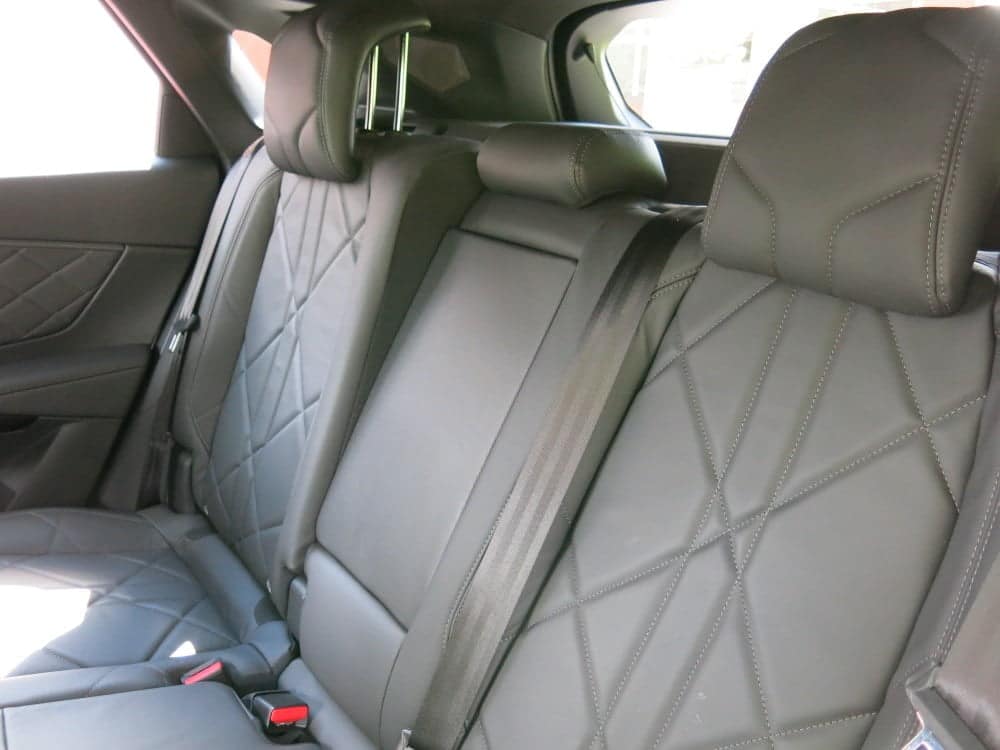
The Rivoli interior is inspired by the Rue de Rivoli, a Parisian street. The interior features include backlighting on the door handles, Rivoli engraving on the trim panels, crystal decorations below the centre console, power-adjustable seats and a B.R.M. R180 dashboard clock.
Seats are available with massage function and air conditioning. The rear seat can be tilted electrically from 23 to 32 degrees by means of toggle switches.
A large panoramic roof is also available, consisting of a fixed rear window and a section that slides electrically over the fixed window.

The boot capacity ranges from 555 to 1752 litres. The boot hatch opens electrically or by swinging a foot under the rear bumper.
DS says it has invested in soundproofing. During the test drive, the car was very quiet except for the usual noise that Finnish roads always produce through the tyres.
Both the windscreen and the side windows are laminated to improve sound insulation.
A silent cabin is a pleasure, especially when listening to music or the radio. The car has no fewer than 14 speakers.
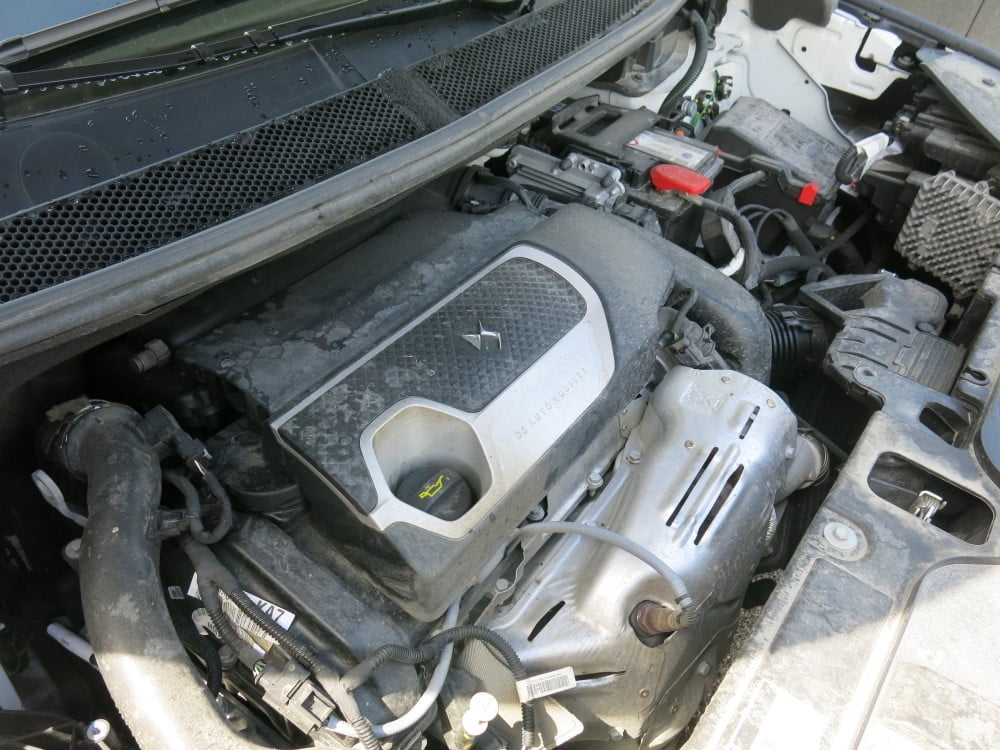
Two petrol and one diesel
The car is available with three engines, two petrol and one diesel. The PureTech 225 petrol engine in the test car has 225 horsepower and 300 Newton metres of torque.
The car has a top speed of 234 km/h and, according to the manufacturer, it accelerates from zero to 60 km/h in 8.2 seconds.
According to the manufacturer, the combined fuel consumption would be just under 8 litres per 100 km, but during the test drive the consumption was between 8 and 9 litres.
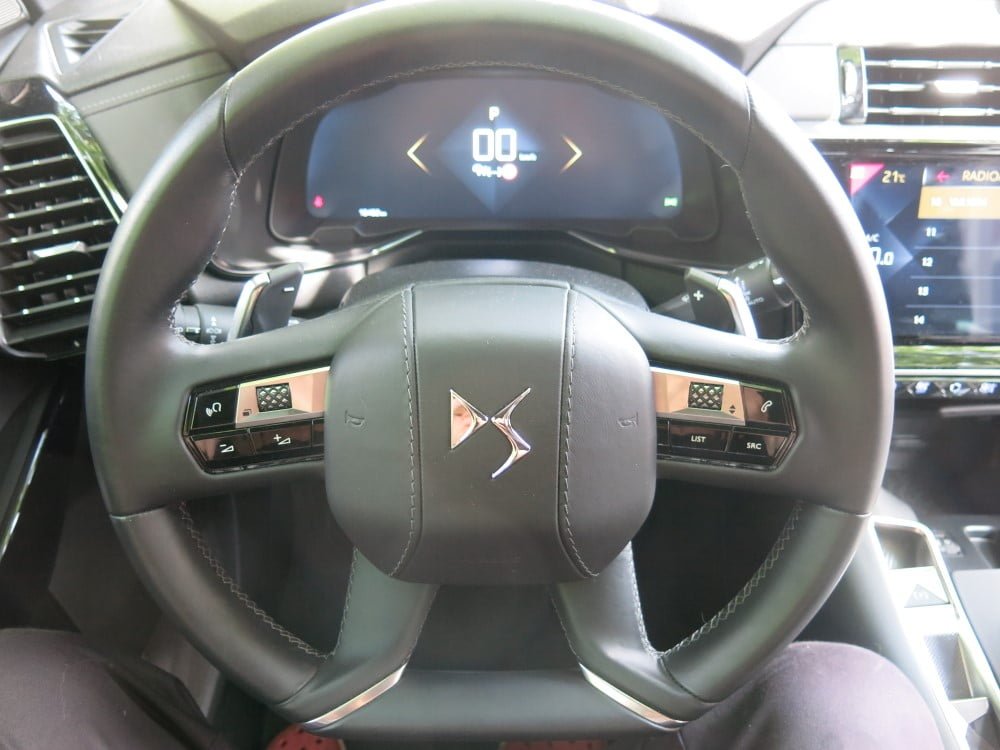
Versatile assistants
The car has intelligent cruise control and lane departure warning. The car is almost autonomous.
The lane-keeper has three settings: close to the centre line, close to the kerb or in the middle of the lane. Experience shows that the lane departure warning is quite smooth and does not make any sudden movements.
The car also has a parking assistant that can park both on the side of the road and in a parking space.
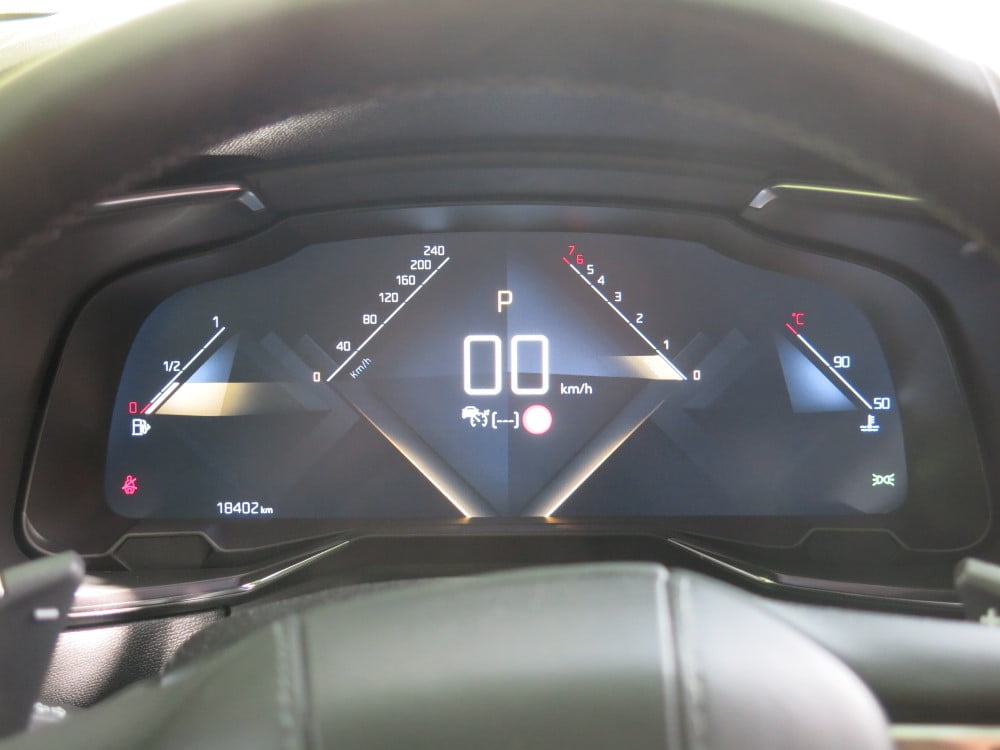
The blind spot assist is operated by an infrared camera in the front bumper. Unfortunately, the Finnish summer night was not dark enough for the test, but the manufacturer claims that the camera can detect pedestrians and animals from about 100 metres away, and transmits an image to the instrument panel of the road and any potential hazards.
The car also has a state-of-vigilance assistant, which works with two infrared cameras.
The DS’s active suspension is powered by a small camera and sensors mounted on the windscreen.
They help the system detect road irregularities and independently adjust each of the four shock absorbers to accommodate changes in the road surface. The system also takes into account speed, steering angle and braking requirements when adjusting the suspension.
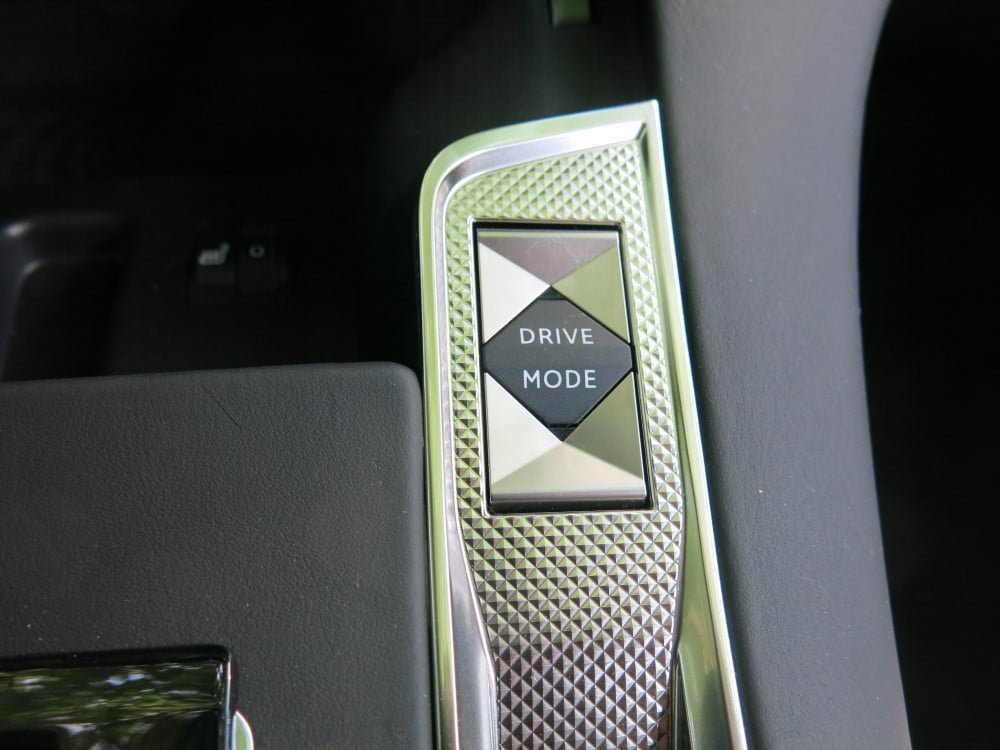
The system is active at speeds between 13 and 130 km/h. Poor weather conditions and darkness prevent the camera from operating and the suspension adjustment is not active. Active suspension is standard on all DS 7 Crossback models.
The DS range comes with a seven-year unlimited mileage warranty.
Prices start from €42,439 (DS7 Crossback Chic PureTech 180 EAT8-Automatic).
The price of the test car was €58 539.
For the time being, DS cars can only be purchased at the DS Store in Vantaa.
Test and text by Niclas von Bell, Clas von Bell
